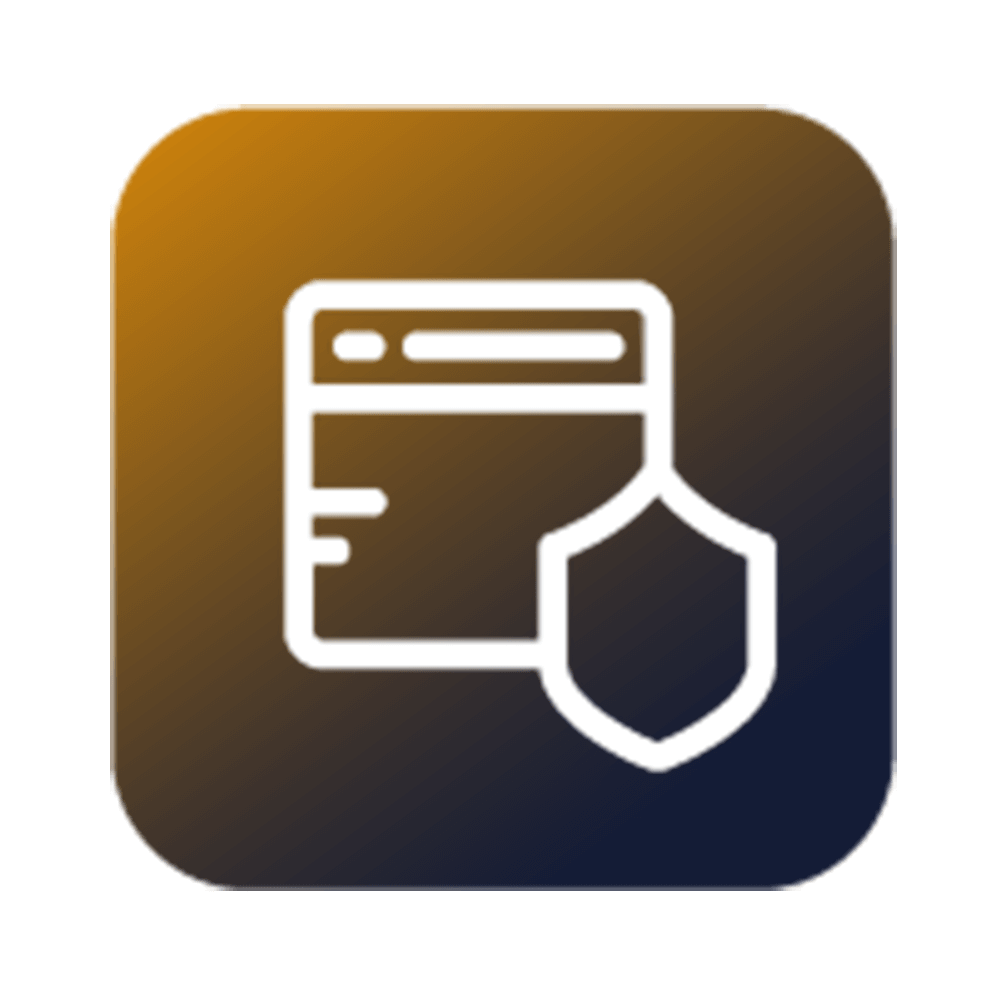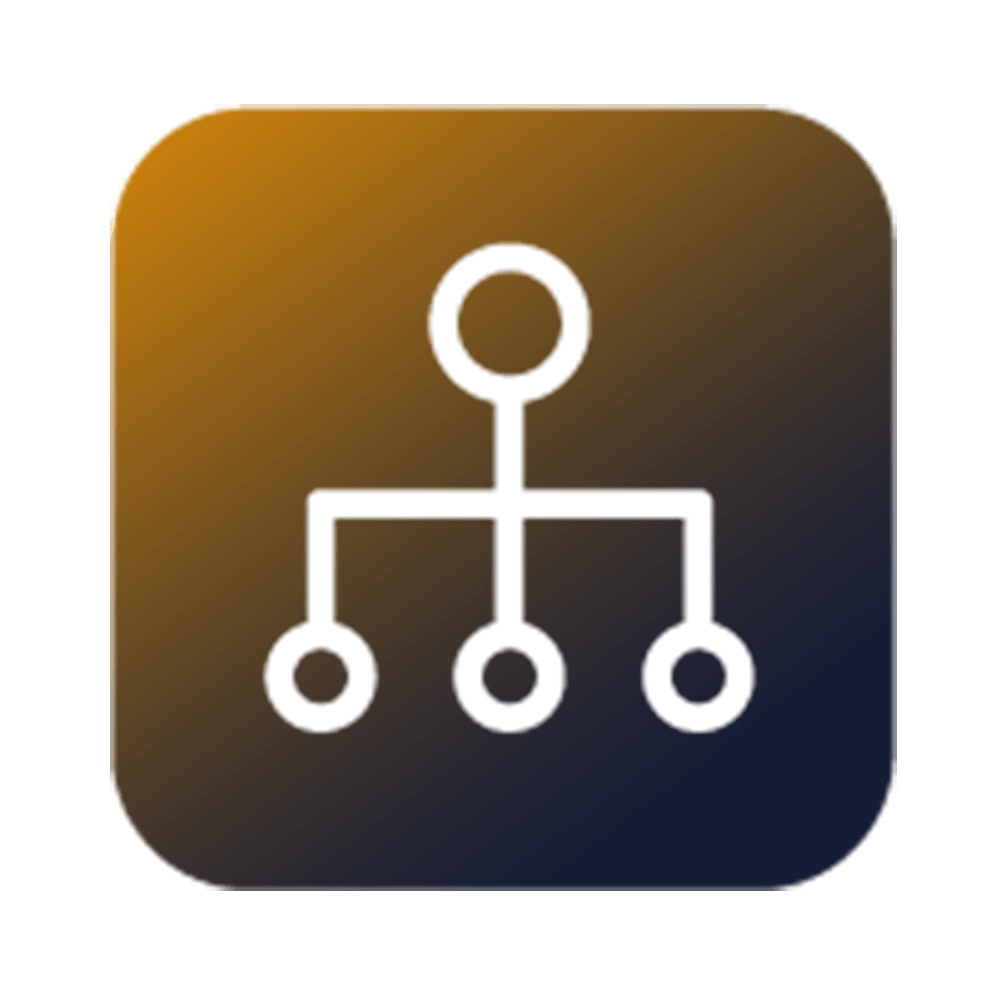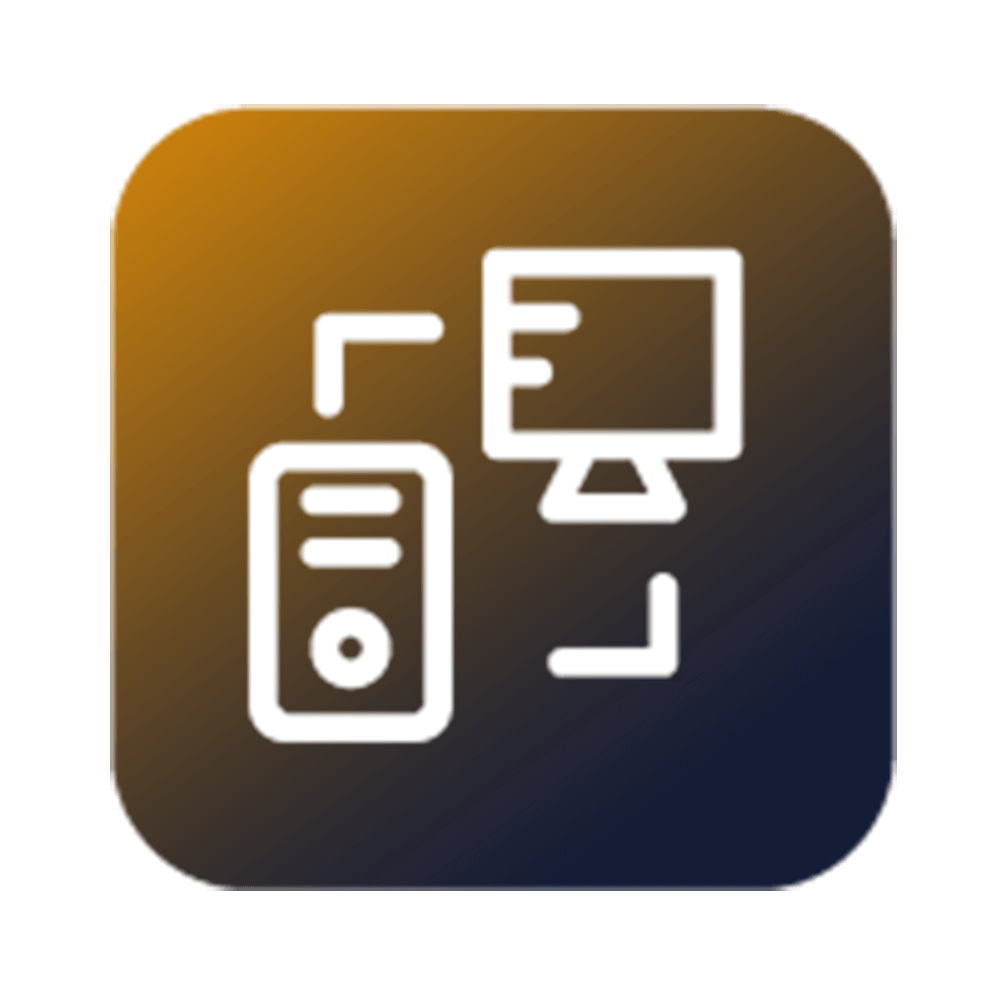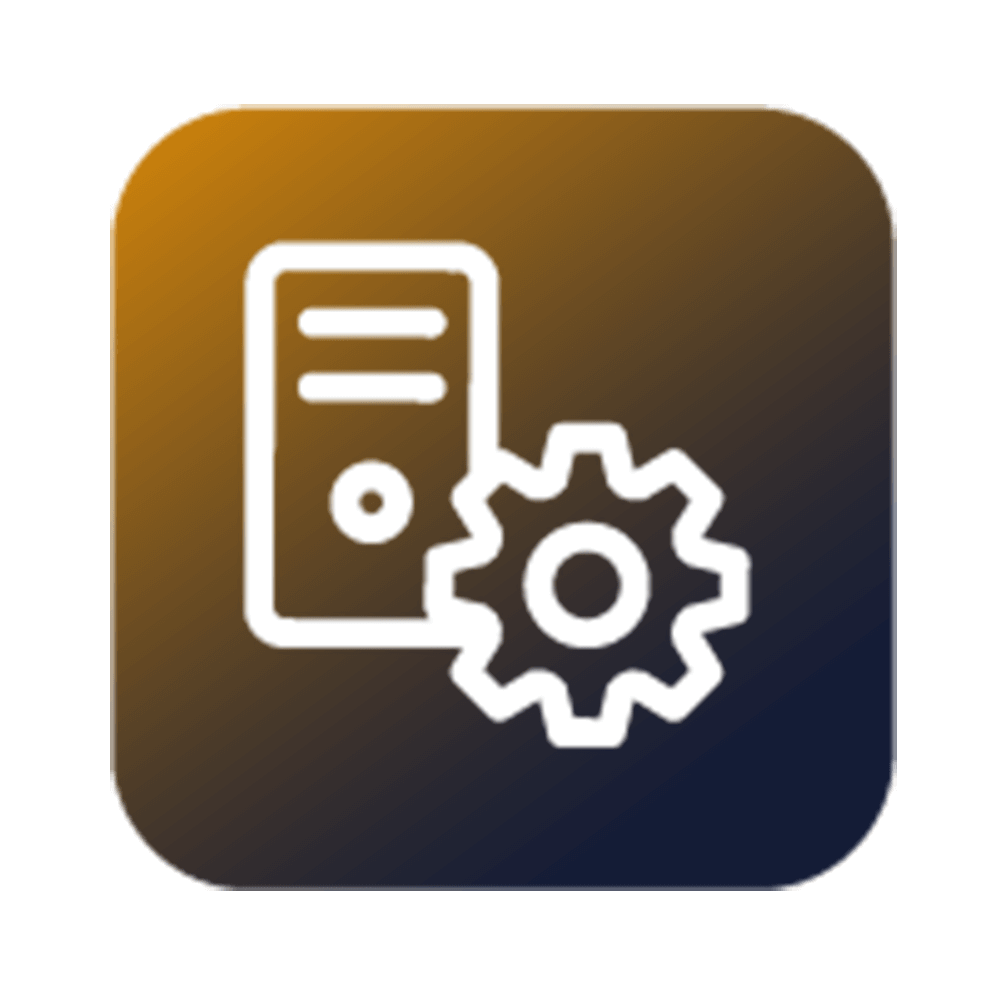In the Oracle Database 12c: New Features for Administrators course, you will learn about the new and enhanced features and options of Oracle Database 12c. Expert instructors will teach you how these features and options increase security, manageability and performance.
The hands-on practices and available demonstrations help you learn how to use these new or enhanced features of Oracle Database 12c. You will explore using Oracle Enterprise Manager Cloud Control and other tools like Oracle Enterprise Manager Database Express SQL Developer to manage, monitor and administer your Data Center.
In this course, you will also learn about performance new features of the first patchset of Oracle Database 12c: Full Database In-Memory Caching, the In-Memory Column Store which is one of the most important features of the 12.1 first patchset, and Automatic Big Table Caching.
Ensure fast, reliable, secure and easy to manage performance. Optimize database workloads, lower IT costs and deliver a higher quality of service by enabling consolidation onto database clouds. At the end of this course, you will be able to:
- Create, manage and monitor multitenant container databases and pluggable databases and their resources consumption with Resource Manager
- Manage datafile online operations, a heat map and automatic data optimization, archive data using Row-archival or Temporal Validity and Temporal History
- Manage security by using the new unified auditing, the new privileges, such as SYSBACKUP, the privilege analysis, and by creating and managing Data Redaction policies
- Use the Recovery Manager enhancements
- Manage the database performance with monitoring DB operations, Real-Time ADDM and Compare Period ADDM
- Understand the new in-memory capabilities of the Database In-Memory, Full Database In-Memory Caching, and Automatic Big Table Caching
- Tune the SQL performance using Adaptive Execution Plans, SQL Plan Directives and statistics enhancements
- Explore new Oracle Data Pump features and SQL*Loader Express Mode
- Use online operations during partition movement and compression, and other DDL operations
- Use partial global partitioned indexes
- Explain JSON support by Oracle database store and query JSON data
- Explain new SQL enhancements such as extended data type column and SQL row limiting clause
Enterprise Manager and Other Tools
- Enterprise Manager (EM) Cloud Control home page
- Enterprise Manager Express home page versus Enterprise Manager Database Control
- SQL Developer with new functionalities
- OUI, DBCA
Basics of Multitenant Container Database (CDB)
- Benefits of the multitenant architecture
- Differences between the root container and pluggable database containers
- Structure of the root
- Structure of Pluggable Database (PDB)
- CDB_xxx and DBA_xxx views
- Impacts in Security, Data Guard, Oracle GoldenGate, Oracle Streams, XStream, and Scheduler
Configuring and Creating CDB and PDBs
- Tools: DBCA and SQL*Plus
- Configuration and creation of CDB
- Exploring the Structure (CDB_xxx views and EM)
- Tools used: SQL Developer, DBCA and SQL*Plus and EM Database Express
- Create a new PDB from PDB$SEED
- Create a PDB from a non-CDB
- Clone a PDB into the same CDB or another CDB using DB links
- Plug in an unplugged PDB
Managing CDB and PDBs
- Connect to CDB as administrator
- Connect to a PDB using a service name
- Startup a CDB
- Open / Close a PDB (SQL*Plus, srvctl, EM)
- Open / Close all PDBs
- Shut down a CDB
- Preserve or discard the PDBs open mode when the CDB restarts
- Change PDB state
Managing Tablespaces, Common and Local Users, Privileges and Roles
- Create permanent tablespaces in the root and PDBs
- Manage common and local schemas and users in the root and PDBs
- Manage system and object privileges to common and local grantees granted “commonly” or “locally”
- Manage common and local roles granted “commonly” or “locally”
Managing Backup / Recovery / Flashback
- Backup a whole CDB
- Backup a PDB
- Recover CDB from redo log files, control files, undo datafiles loss
- Recover PDB from PDB datafiles loss
- Flashback at CDB level
- Explain the two methods of migration
Online Datafile Move and Automatic Data Optimization
- Data classification in 12c: tablespace, group, object, row levels
- Configure heat map
- Automatic movement and compression
- Compression levels and types
- Policy declaration: simple declarative SQL extension
- Customized automated action execution with a user-defined function
- Execution in scheduled maintenance windows and by MMON
- Customized schedule with DBMS_ILM package
In-Database Archiving
- Challenges of old data in tables and 11g solutions
- In-database archiving new solutions
- Use ROW ARCHIVAL clause to enable row lifecycle state for applications
- Set ROW ARCHIVAL VISIBILITY for session-level visibility control
- Use predicate on ORA_ARCHIVE_STATE column
- Temporal Validity versus Temporal History (Transaction Time of FDA)
- A new clause of CREATE / ALTER TABLE to set a Temporal Validity: PERIOD FOR
- New SQL temporal data type
Auditing Enhancements
- Review of 11g R2 audit trail implementation
- Overview of the Unified Audit Trail
- Enabling the Unified Audit Trail
- Creating a separate tablespace for the unified audit trail
- Granting the AUDIT_ADMIN role to a user for audit trail configuration and management
- Configuring the Unified Audit Trail to set a tolerance level for loss of audit records
- Creating audit policies
Privileges Enhancements
- Implementing Separation of Duty for Database Administration Tasks
- Using Database Privilege Analysis
- Overview of Database Privilege Analysis
- Granting the CAPTURE_ADMIN role to enable management of privilege captures
- Creating and starting/stopping privilege captures
- Viewing privilege profile data
- Querying DBA_PRIV_CAPTURES
- Explaining the purpose of the default ORA$DEPENDENCY profile
Oracle Data Redaction
- Overview of Oracle Data Redaction
- Types of Masking Policies
- Administering the EXEMPT REDACTION POLICY system privilege to enable a user to view unmasked values
- Managing Masking Policies
- Best practices for defining policy expressions
- Understanding the Masking of Statements Containing Subqueries
- Viewing Information About Masking Policies by Querying REDACTION_POLICIES and REDACTION_COLUMNS
General RMAN New Features and FDA Enhancements
- Making Database Connections With RMAN
- Using the SYSBACKUP Privilege
- Using SQL, DESCRIBE Command, Duplication Operation with the NO OPEN option
- Backing up and Restoring Very Large Files
- Creating Multisection Backups
- Transporting Data Across Platforms
- Prerequisites and Limitations
- Transporting Data: Processing steps
Monitoring DB Operations
- Overview
- Use cases
- Current Tools
- Define a DB operation
- Monitoring: Bracketing an Operation
- Monitoring the Progress of Operations
- DB Operation Tuning
- DB Operation Active Report
Real-Time ADDM and Compare Period Advisor
- Emergency Monitoring
- Real-time ADDM
- Use cases
- Goals
- Define Workload dimensions
- Reported items
- Root Causes
- Requirements for a report
ADR and Network Enhancements
- ADR file types
- New File types
- New File locations
- New command for ADRCI
- Improve performance by Compression
- Setup Compression
In-Memory Column Store
- In-Memory Database option goals and benefits
- Row format and columnar format
- New SGA component:
- IMCU synchronization
- Deployment and behaviours
- Compression ratio
- New dictionary tables and added columns
- New statistics: IM %
In-Memory Caching
- Setting up Full Database In-Memory Caching
- Using Full Database In-Memory Caching
- Explaining the two buffer replacement algorithms of Automatic Big Table Caching
- Configuring Automatic Big Table Caching with PARALLEL_DEGREE_POLICY and DB_BIG_TABLE_CACHE_PERCENT_TARGET initialization parameters
- Using Automatic Big Table Caching
SQL Tuning
- Adaptive Execution Plans
- SQL Plan Directives
- Statistics Gathering Performance Improvements
- Histogram Enhancements
- Enhancements to Extended Statistics
- Adaptive SQL Plan Management
Resource Manager and Other Performance Enhancements
- Manage resources between PDBs
- Manage resources within a PDB
- Manage resources with CDB and PDBs plans
- Manage runaway queries
- Control the in-memory database repopulation resource consumption
- Automated maintenance tasks
- Current Architecture: Unix multiprocess / one thread, NT/Windows one process / multithread
- New Architecture: Multiprocess / MultiThread
Index and Table Enhancements
- Multiple indexes on the same set of columns as long as some characteristic is different
- Create a table with INVISIBLE columns
- Support for invisible columns
- Describe online redefinition supports
- Explain LOCK timeout during FINISH_REDEF_TABLE
- Describe the Advanced Row Compression
- Using the following DDL statements in an online manner
- Database administrators
- System administrators
Good knowledge of Oracle Database 11g








































 Germany
Germany Denmark
Denmark Norway
Norway Sweden
Sweden Italy
Italy Netherlands
Netherlands Finland
Finland








 Duration
Duration
 Delivery
Delivery  Price
Price